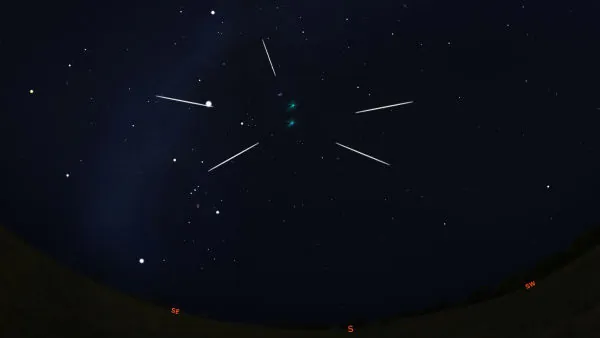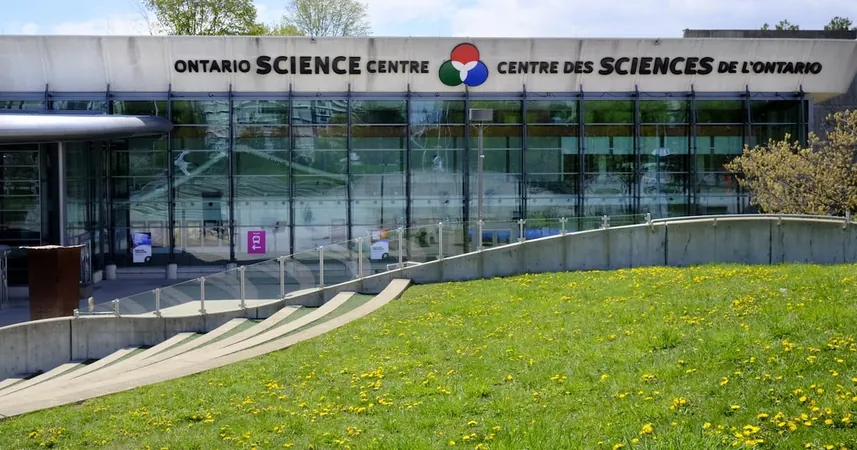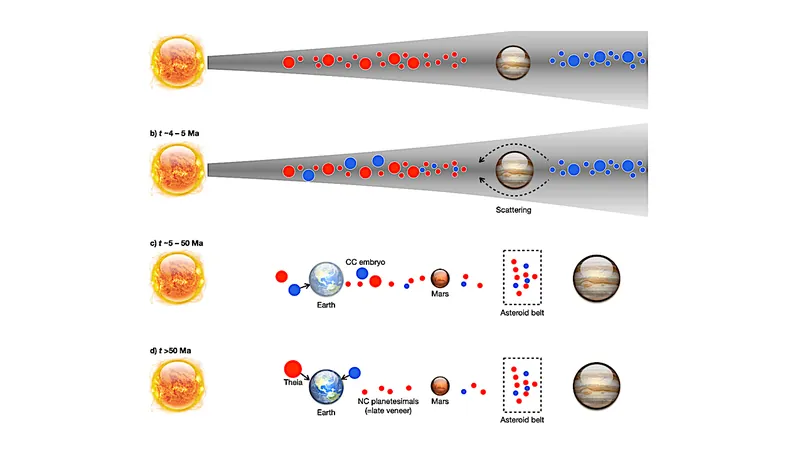
Don't Miss the Spectacular Taurid Meteor Shower This November!
2024-11-06
Author: Michael
Don't Miss the Spectacular Taurid Meteor Shower This November!
As the nights grow longer in early to mid-November, astronomy enthusiasts and stargazers alike are in for a treat as the Taurid meteor showers reach their peak. Mark your calendars because this event promises a stunning display of exceptionally bright fireballs streaking across the night sky.
From late September to early December, the Taurids present a captivating spectacle. Observers can witness meteors radiating from the constellation Taurus as Earth passes through a vast debris field left by a shattered comet. Unlike other meteor showers that provide a consistent number of meteors, the Taurids have caught the attention of astronomers due to their complexity and variation in activity. The shower is split into two distinct categories: the Northern Taurids and the Southern Taurids.
The Southern Taurids typically begin around September 23, with their peak activity occurring on November 4 and 5. This shower can yield a handful of meteors per hour until early December. Meanwhile, the Northern Taurids start around October 13 and peak on the nights of November 11-12, with activity continuing until December 2. The prime viewing times for both showers are during the early morning hours when the constellation Taurus is high in the sky.
To enhance your meteor spotting chances, seek out dark areas away from the glare of urban lights, allow your eyes 20 minutes to adjust to the darkness, and then gaze upwards.
The Comet Behind the Showers
Central to understanding the Taurid meteor showers is Comet 2P/Encke, a periodic comet recognized since the late 1700s. With a return interval of roughly three years, this comet has provided scientists with a continual source of investigation into the origin of the meteoroids associated with the showers. The Southern Taurids are directly linked to the debris left by Comet Encke’s orbit, while the Northern Taurids were pinpointed as stemming from the asteroid 2004 TG10, discovered in 2004.
These meteors are believed to originate from a much larger comet that disintegrated approximately 10,000 years ago, scattering debris across the solar system. That means each bright meteor you see could be a tiny fragment of a celestial body from eons ago.
Get Ready for Dramatic Fireballs!
Adding to the Taurid experience are the extraordinary fireballs that can occur during this shower. The Southern Taurids possess a unique feature known as the Taurid Resonant Swarm, which consists of larger gravel-sized meteoroids that produce brilliant fireballs when they enter Earth's atmosphere. In rare instances, these fireballs can explode in dramatic fashion, brightening the sky more than the moon!
While the performance of the Taurid Swarm varies each year, notable fireballs have been recorded, including a spectacular explosion over St. Louis, MO, on November 11, 2019. Observers eagerly await the occurrences of the swarm, which is not expected to be active in 2024 but is anticipated to return in subsequent years.
In summary, set your sights on the night sky over the coming days; with favorable conditions, you may witness one of nature's most dazzling light shows. Who knows, you might even catch a glimpse of a radiant fireball as the Taurid meteor showers unfold. Don’t let this celestial opportunity slip away!









 Brasil (PT)
Brasil (PT)
 Canada (EN)
Canada (EN)
 Chile (ES)
Chile (ES)
 España (ES)
España (ES)
 France (FR)
France (FR)
 Hong Kong (EN)
Hong Kong (EN)
 Italia (IT)
Italia (IT)
 日本 (JA)
日本 (JA)
 Magyarország (HU)
Magyarország (HU)
 Norge (NO)
Norge (NO)
 Polska (PL)
Polska (PL)
 Schweiz (DE)
Schweiz (DE)
 Singapore (EN)
Singapore (EN)
 Sverige (SV)
Sverige (SV)
 Suomi (FI)
Suomi (FI)
 Türkiye (TR)
Türkiye (TR)